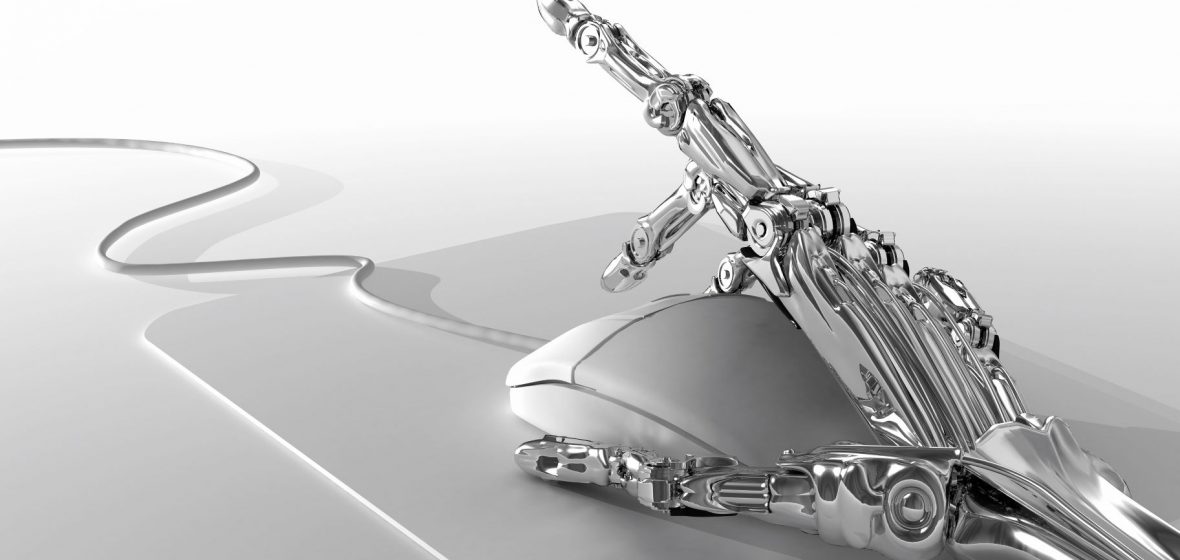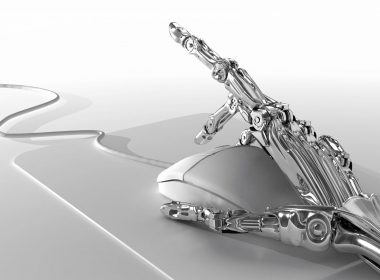Snapshot
- Artificial intelligence is indistinguishable from magic. But magic does not exist. Lawyers must learn to see through illusions.
- Besides generating answers, artificial intelligence is generating novel legal questions for complex litigation.
- A lawyer who fails to use artificial intelligence in their daily practice squanders simple, quick and cheap (and even free) ways of delivering justice to their clients.
For several years, I have been using artificial intelligence (‘AI‘) in daily legal practice. It’s time for you to join me.
Beyond computer-assisted document review during discovery in big litigation, efficient, effective and essential applications for legal practice have not been obvious, let alone for everyone, every day.
It is my hope that this article will change that, by illuminating the legal questions and challenges that lurk in the shadows, threatening to upheave the proper administration of justice, and offering ideas on how to overcome them.
Magic, but an illusion: what is AI?
Like law, we have to first understand how AI works in theory before we can apply it in practice.
AI is a method of performing a large number of calculations, about a large number of measurements, intending to produce something useful. Large, in both cases, means the numeral 1 followed by lots of zeros. A precise number and nature of calculations is called an algorithm. A precise number and nature of measurements is called a dataset. Human beings evaluate the utility of the result of an algorithm applied to a dataset. If those humans want to make the result more useful, they can change the algorithm, or the dataset, or both. If the algorithm is bad, the results will be bad. This applies equally to the dataset. Hence the aphorism: garbage in, garbage out.
AI resembles a method familiar to lawyers: identify the material facts, identify the legal principles, and apply the principles to the facts to produce an opinion or a judgment. The wrong facts or the wrong law lead to the wrong result.




